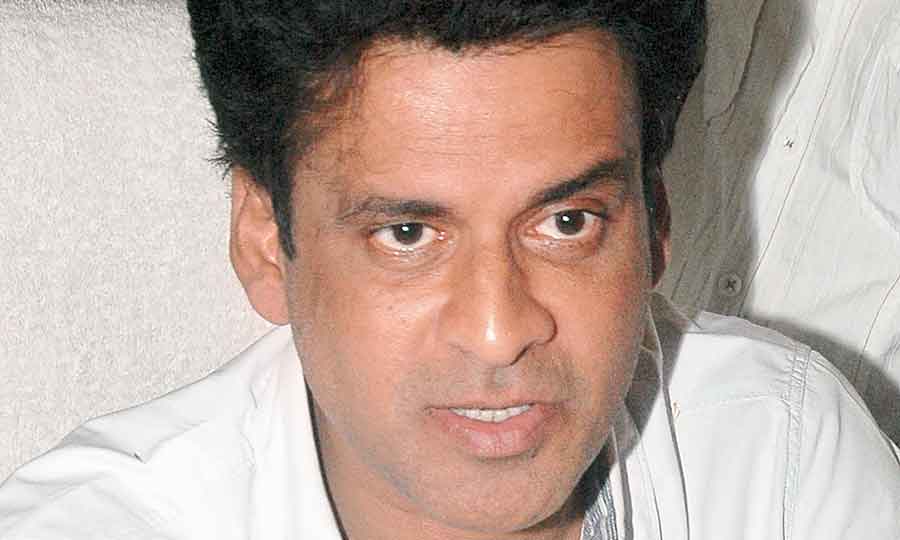The Congress electoral campaign in Bihar targets Nitish Kumar more than Narendra Modi in an unmistakable shift in strategy, probably realising that the chief minister has become the face of anti-incumbency.
With a catchphrase “ka kiye ho (what have you done?)”, the Congress theme song and jingles question Nitish on every aspect of governance — alarming unemployment to rising crime and mismanagement of the pandemic.
Although there are references to the BJP-JDU alliance, as the double-engine government is branded as “Loot Express”, the BJP scarcely figures. The campaign taunts Nitish for political gymnastics, a vague reference to his betrayal of the 2015 mandate, 55 scams in 15 years, failure to speak up on crimes against women, corruption in welfare schemes and the pitiable state of health care and education. Nitish is accused of hollow rhetoric and fake claims of developing Bihar.
The Congress underlines that Bihar had recorded the highest unemployment rate of 46 per cent in the country, with every second youth denied a gainful job. Nitish is also accused of favouring people from his home district of Nalanda in constable recruitments, with 4,500 out of the total 9,900 recruits coming from the district.
Ordinary citizens have been filmed for the social media campaign that asks them what Nitish has done for the people in his 15 years as chief minister.
Asked if Prime Minister Modi was deliberately not made the primary target, a senior leader told The Telegraph: “It is not that the Congress is wary of attacking the Prime Minister. Rahul Gandhi incessantly targets him, exposing his failures and misdeeds on a daily basis, more than any other Opposition leader. Rahulji will definitely talk about Modi’s politics in his speeches. But there was a realisation that Nitish is the weakest link. Surveys indicated he was the target of the disgruntled people.”
The leader added: “Modi, too, has lost a lot of goodwill, but he is still popular among a large number of people and is not as discredited as the chief minister. Also, Nitish is the face of the ruling alliance in Bihar and it is his leadership that is being compared with that of the inexperienced Tejashwi Yadav. So we thought blaming Nitish for the failures and misdeeds will have far greater resonance among the people who have first-hand experience of his performance. Modi is still a distant figure whose image has been assiduously protected by the media despite such grievous failures on the economy and other fronts.”
Referring to the absence of any mention of divisive politics, another leader said: “We consciously decided not to harp on communalism because people now know what Modi stands for. Communal polarisation unnecessarily creates opportunities for the BJP’s propaganda. We want to focus on issues such as unemployment, sufferings of the poor during the lockdown and agriculture. So we decided to keep the focus on the chief minister. Nitish anyway has lost his charisma; while his trustworthiness is finished because he embraced the BJP after publicly taking a vow to prefer death to rejoining them. His pointed critique of the RSS-BJP during the last election hasn’t been forgotten by the people.”
While the forceful pitch by AIMIM leader Asaduddin Owaisi has already given the BJP an opening to deploy communal rhetoric, it also pounced on the Congress on Friday for fielding Mashkoor Ahmed Usmani, a student leader from Aligarh Muslim University, who had been linked to the controversy over Muhammad Ali Jinnah’s portrait. In 2018, a BJP MP had objected to a Jinnah portrait at AMU and Usmani, as the student union leader, had pointed out that the portrait had been on the campus for many decades.
Some television channels ran a campaign on Friday, saying the Congress had fielded a “Jinnah-lover” and portrayed it as a big election issue. This controversy has pushed the Congress into a corner as the local leaders are not willing to defend his candidature. The entire state leadership was opposed to his nomination as he was not a local of Jale, the constituency he has been fielded from.












